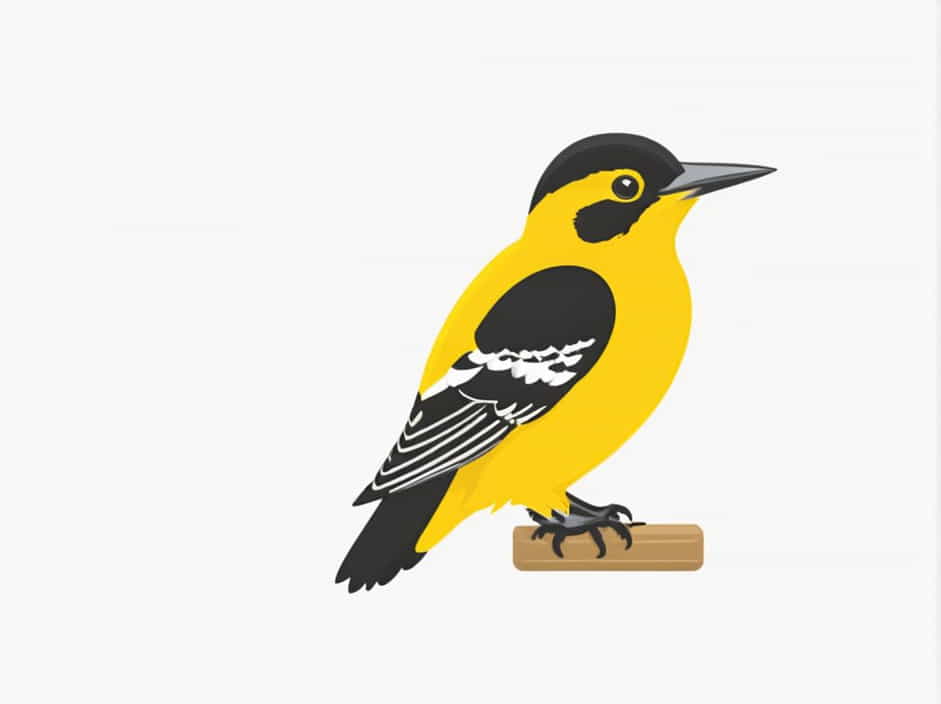The yellow-bellied sapsucker (Sphyrapicus varius) is a medium-sized woodpecker native to North America. Recognized by its black-and-white plumage, bright yellow belly, and distinctive red cap, this bird plays a crucial role in forest ecosystems. But what exactly does a yellow-bellied sapsucker eat?
This guide explores the diet of this unique bird, including its feeding habits, favorite food sources, and how it impacts the environment.
Primary Food Sources of the Yellow-Bellied Sapsucker
1. Tree Sap – The Staple of Their Diet
As their name suggests, yellow-bellied sapsuckers rely heavily on tree sap for nutrition. They drill small, neatly arranged holes in tree bark to access the sap, which provides essential sugars and nutrients.
Common Trees They Feed On:
- Birch
- Maple
- Pine
- Alder
- Hickory
- Elm
By maintaining sap wells, these birds create food sources not only for themselves but also for other animals like hummingbirds, bats, and insects.
2. Insects – A Protein Boost
While sap forms a major part of their diet, yellow-bellied sapsuckers also consume insects for protein. They are known to catch:
- Ants
- Beetles
- Spiders
- Caterpillars
- Aphids
Insects often get trapped in the sap wells, making them easy prey for the sapsuckers. This opportunistic feeding helps control insect populations in forests.
3. Fruits and Berries
During warmer months, these birds supplement their diet with fruits and berries. They consume:
- Wild grapes
- Dogwood berries
- Elderberries
- Bayberries
- Hackberries
Fruits provide vitamins and energy, making them an essential part of their seasonal diet.
4. Tree Bark and Cambium
Occasionally, yellow-bellied sapsuckers consume small amounts of tree bark or cambium (the soft layer beneath the bark). This helps them obtain additional nutrients and fiber.
5. Nectar and Pollen
In the spring, they may visit flowering trees and plants to sip nectar, much like hummingbirds. This provides a quick source of energy while contributing to pollination.
How the Yellow-Bellied Sapsucker Feeds
1. Drilling Sap Wells
Sapsuckers drill two types of holes:
- Round Holes: Deeper wells that extract flowing sap.
- Rectangular Holes: Shallow wells that allow sap to pool.
They revisit these wells multiple times to keep them fresh and flowing.
2. Catching Insects on Trees
Using their sharp beaks and sticky tongues, sapsuckers snatch insects that are drawn to the sap wells.
3. Foraging for Berries and Fruits
They pluck berries directly from shrubs and trees, often hanging upside down to reach them.
Seasonal Changes in Their Diet
Spring and Summer
- Focus on insects for protein
- Increased consumption of nectar and pollen
Fall and Winter
- Rely more on tree sap and berries
- Less insect consumption due to cold temperatures
The Yellow-Bellied Sapsucker’s Role in the Ecosystem
1. Helping Other Species
Many animals, including hummingbirds, squirrels, and bats, use the sap wells created by sapsuckers as a food source.
2. Controlling Insect Populations
By feeding on insects, these birds help prevent pest outbreaks in forests.
3. Seed Dispersal
When they consume berries and fruits, they spread seeds across different areas, helping new plants grow.
The yellow-bellied sapsucker has a diverse diet that changes with the seasons. While tree sap is their primary food source, they also eat insects, fruits, and nectar. Their feeding habits not only sustain them but also benefit other wildlife and the environment. Understanding what these birds eat highlights their importance in maintaining ecological balance.
